Blog
Why choose eco-responsible fashion?
Eco-responsible fashion: a sustainable choice for Elora
17 MAY 2022
Eco-responsibility is a key concern for many companies. Elora is part of this philosophy and is constantly looking for solutions to reduce its impact on the environment and be more ethical. Here's acloser look at the different concepts you need to be aware of if you 're interested insustainable fashion.

How do you define eco-responsibility?
According to Ademe, eco-responsibility refers to all actions taken with the aim of limiting the impact of activities on the environment. Reducing environmental impact involves changes in a number of areas:
- work organisation ;
- management ;
- choice of investments
- raising staff awareness
- adopting eco-gestures.
It concerns local authorities, businesses and private individuals alike.
It also applies to various sectors, including the fashion industry.
What is sustainable development?
INSEE defines sustainable development as " development that meets the needs of the present without compromising the ability of future generations to meet their own needs ". This definition was given in 1978 by Harlem Brundtland, then Prime Minister of Norway.
The concept was later expanded and clarified at the Earth Summit in Rio (1992). The main pillars of sustainable development were defined. Sustainable development must be :
- economically efficient ;
- socially equitable
- environmentally sustainable.
Once again, the concept concerns all entities, from businesses (in all sectors) to individuals.
What is eco-responsible fashion?
Eco-responsible fashion takes into account issues linked to eco-responsibility and sustainable development.
Eco-responsible brands design and produce clothing with the preservation of the planet in mind. They pay particular attention to the waste of resources, climate change, and transparency about the origin of products - the closer the production site, the better!
To better understand the notion of eco-responsible fashion, we need to look at the concepts of fast fashion and slow fashion.
Read also:Why choose an eco-responsible brand?
Fast fashion
Fast fashion is a trend that consists of producing numerous collections of clothes each year at low cost. As a result, customers end up with a plethora of products, sometimes renewed dozens of times a year by ready-to-wear brands.
At first glance, this production method is attractive to consumers. They :
- can have a wardrobe that is at the cutting edge of fashion and in line with fashionable beauty criteria ;
- buy products at attractive prices.
However, behind this tempting shop window, fast fashion has its limits:
- The constant production of new collections pollutes. According to Ademe, the fashion industry emits 1.2 billion tonnes of greenhouse gases every year.
- The collections that come out throughout the year push consumers to buy more and more clothes to stay on trend. This creates a form of addiction, which is frequently reinforced by tools such as private sales, loyalty programmes and sales.
- The items produced are of poor quality (using conventional cotton or polyester) and have a short lifespan. So you have to buy more often!
More and more consumers are distancing themselves from fast fashion. Certain events have contributed to this, such as the collapse of the Rana Plaza building in April 2013. This accident caused the death of more than 1,120 workers in the textile industry working for various ready-to-wear brands.
Slow fashion
Slow fashion is a movement that goes against the grain of fast fashion. It is based on making clothes and accessories that are more respectful of the environment. As part of the eco-responsible fashion movement, slow fashion takes a number of different forms:
- Choosing materials with a lower environmental impact. Materials must be better preserved over time, to limit over-consumption. Linen, organic cotton, recycled and/or vegan materials... the possibilities are numerous.
- Adopt rational production, with fewer collections. The quantities of articles can also be reduced and/or brands can rely on a pre-order system.
Given the demands of slow fashion, the cost of the items produced is generally higher than for fast-fashion garments. Elora is part of this approach.
What are Elora's commitments to responsible dressing?
Elora is one of a number of brands working to limit their impact on the environment, using a variety of solutions.
- The Green collection
Each season, the Green Collection features sustainable materials such as organic cotton, recycled polyester, lyocell, linen and recycled polyamide.



- Taking account of animal suffering
The clothes marketed by Elora do not contain mohair. This decision was taken in agreement with Peta, an animal rights organisation.
- Compliance with labels and standards
Reach, STANDARD 100 by OEKO-TEX®... You may not be familiar with these names, but they all mean compliance with certain rules. Compliance with these standards and labels helps brands to make significant progress in terms of eco-responsibility.
- Commitment to eco-responsible side projects
Elora also supports initiatives undertaken by other organisations. This commitment takes the form of supporting programmes such as Action Carbone Solidaire, run by the Good Planet Foundation, or donating a portion of unsold products to associations to prevent waste.
Read also:Our eco-responsible materials and labels
Elora is doing its utmost to work towards sustainable fashion. It's also about making the sales advisers proud of the brand they work with. Added to this is the satisfaction of customers, who are increasingly aware of the importance of eco-responsibility.
Mais aussi...
Nos autres articles
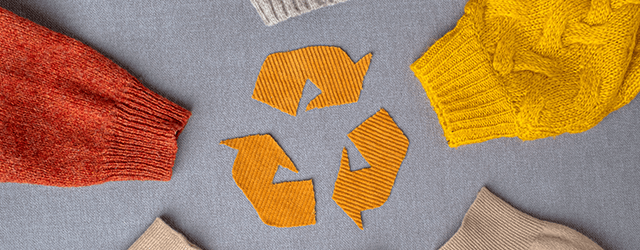
Using less clothing
29 December 2022
Eco-responsibleHave you been wondering about your clothing consumption for some time now, and want to act...
Lire cet article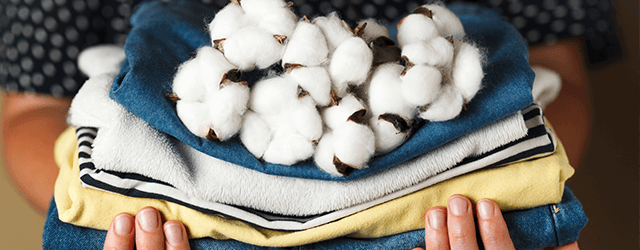
How do I choose eco-responsible clothing?
05 July 2022
Eco-responsibleOur tips for choosing eco-responsible...
Lire cet article
Why choose an eco-responsible brand?
02 March 2022
Eco-responsibleFor some time now, you've been feeling the urge to consume better, particularly when it comes...
Lire cet article



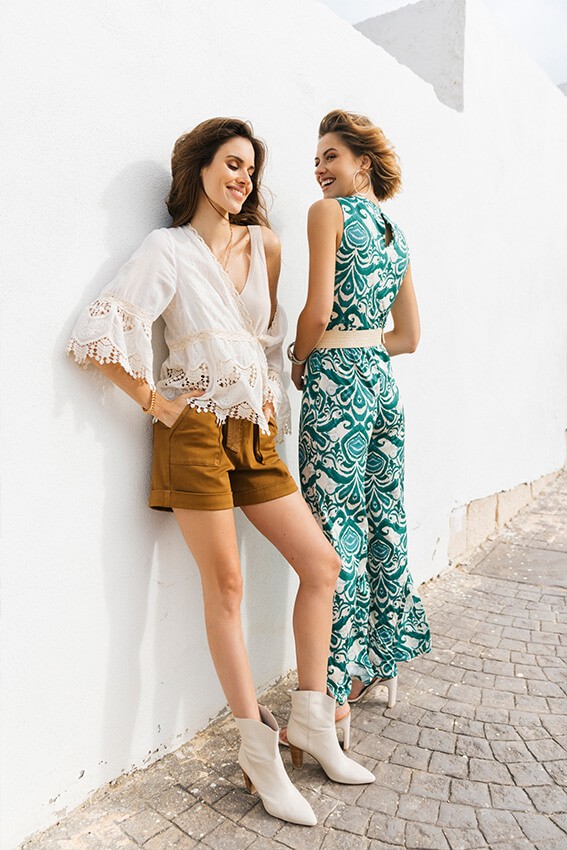

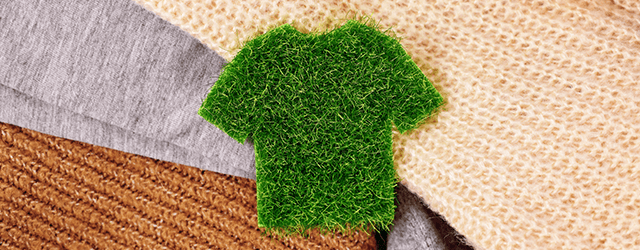
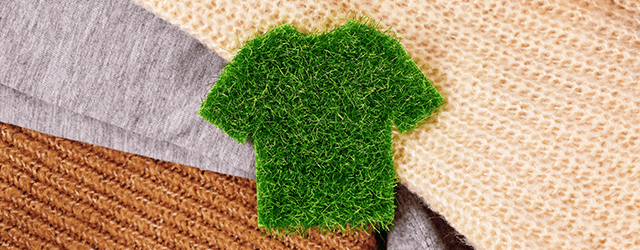 Lire cet article
Lire cet article